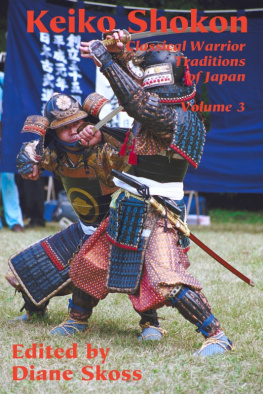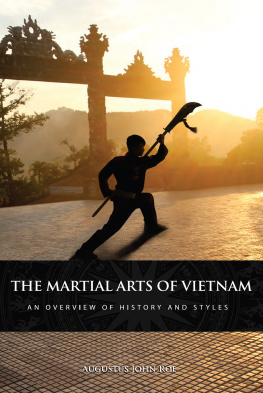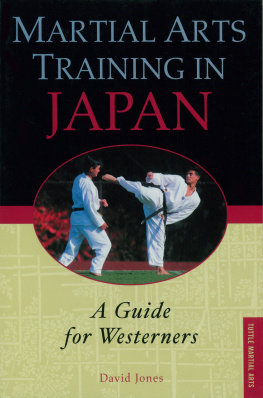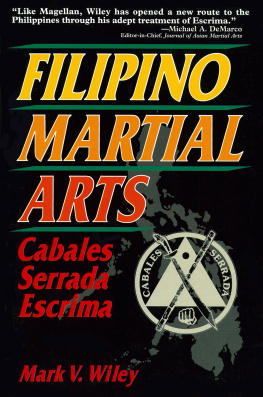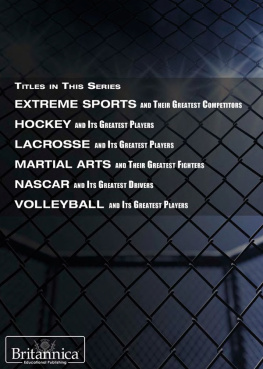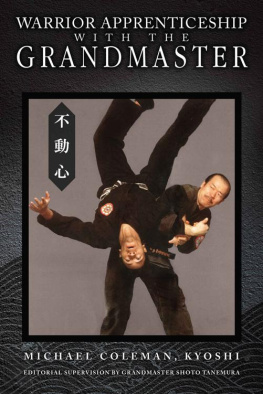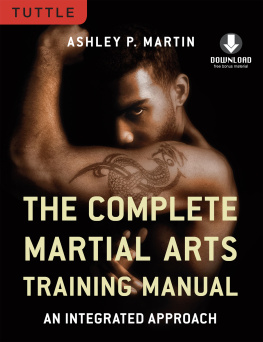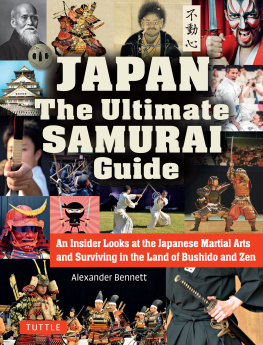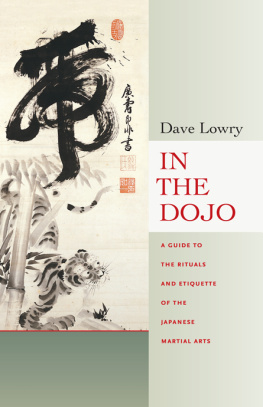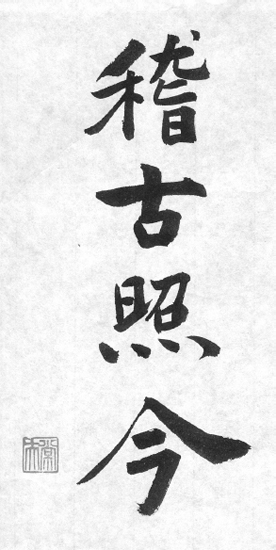Diane Skoss - Keiko Shokon
Here you can read online Diane Skoss - Keiko Shokon full text of the book (entire story) in english for free. Download pdf and epub, get meaning, cover and reviews about this ebook. year: 2016, publisher: BookBaby, genre: Religion. Description of the work, (preface) as well as reviews are available. Best literature library LitArk.com created for fans of good reading and offers a wide selection of genres:
Romance novel
Science fiction
Adventure
Detective
Science
History
Home and family
Prose
Art
Politics
Computer
Non-fiction
Religion
Business
Children
Humor
Choose a favorite category and find really read worthwhile books. Enjoy immersion in the world of imagination, feel the emotions of the characters or learn something new for yourself, make an fascinating discovery.
- Book:Keiko Shokon
- Author:
- Publisher:BookBaby
- Genre:
- Year:2016
- Rating:4 / 5
- Favourites:Add to favourites
- Your mark:
Keiko Shokon: summary, description and annotation
We offer to read an annotation, description, summary or preface (depends on what the author of the book "Keiko Shokon" wrote himself). If you haven't found the necessary information about the book — write in the comments, we will try to find it.
Discover the arts that look upon the profound and clarify life and death.
Keiko Shokon is the third volume in a series that aims to demystify the rare and often misunderstood fighting arts of the Japanese warrior. Do these arts still have relevance in a modern technological world? How are they being preserved? What pitfalls face practitioners struggling to maintain these arts in a culture so foreign to that of their origins? These questions are discussed by a unique group of practitioner/writers in eight provocative essays certain to challenge many cherished and widely held preconceptions. These eight essays include a translation of the eighteenth-century warriors parable, The Cats Eerie Skill; advice on the dangers and possibilities in training in more than one classical martial art; an interview with the headmaster of Toda-ha Buko-ryu naginatajutsu; hints on learning to observe the classical arts; an overview of the Itto-ryu style of swordsmanship; a discussion of the meaning of the Japanese word soke, or headmaster; at look at innovation in the classical martial arts; and some musings on the professional perspective by a lieutenant colonel in the U.S. Marines.
Foreword by Quintin Chambers, Co-author of Stick Fighting: Techniques of Self-Defense
Keiko Shokon Revisited: Introduction by Diane Skoss, editor of Koryu Bujutsu and Sword & Spirit
The Cats Eerie Skill: A Translation of Issai Chozans Neko no Myojutsu byKarl F. Friday, professor of history, University of Georgia
Promise and Peril: The Potential of Following Multiple Koryu by Dave Lowry, author of Autumn Lightning and Persimmon Wind
Interview with Nitta Suzuyo: Headmaster of the Toda-ha Buko-ryu by Liam Keeley, Toda-ha Buko-ryu okuden mokuroku and shihan
Challenges in Observing the Koryu Bugei by Ron Beaubien, Toda-ha Buko-ryu okuden
Itto-ryu Kenjutsu: An Overview by Meik Skoss, consulting editor, Koryu Books
Soke: Historical Incarnations of a Title and its Entitlements by William M. Bodiford, professor of East Asian Languages and Culture, UCLA
Renovation and Innovation in Tradition by Ellis Amdur, author of Dueling with O-sensei and Old School: Essays on Japanese Martial Traditions
The Professional Perspective: Thoughts on the Koryu Bujutsu from a United States Marine by George H. Bristol, Lieutenant Colonel, USMC
Diane Skoss: author's other books
Who wrote Keiko Shokon? Find out the surname, the name of the author of the book and a list of all author's works by series.

